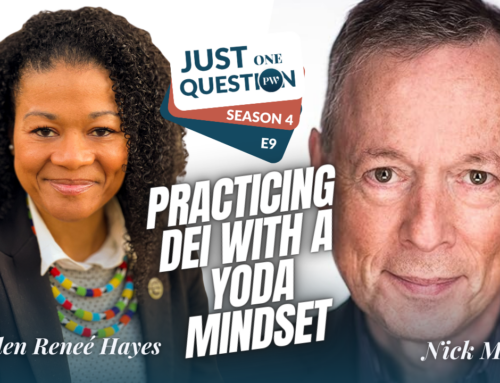I’m continuing a series of public speaking principles in the next few blog posts that are a summation of what I’ve learned about this fiendishly difficult art and science over three decades of practice, coaching, learning from others, and research, especially neuroscience. Here are the next seven, numbers 29 through 35. These principles address some of the unspoken, meta-level aspects of the genre and craft of a speech.
29.Great speakers immerse themselves in the craft of speaking. Passion for the topic is the most important ingredient in a successful speech, but it’s not the only one. Too often speakers think that having passion means they don’t have to rehearse, or learn the craft, or work to improve their delivery.
30.If you’re talking about a particular topic in your speech, the values of the topic need to be reflected in the speech – and in the speaker. In short, if you’re speaking about grammar, then your speech itself should be grammatical. Or if your subject is creativity, you and your speech need to be creative. Speakers on morality should not be discovered to be immoral. And so on.
31.Nonetheless, a speech should never be mistaken for its subject. Bill Gates came perilously close to making this mistake once when he released mosquitoes during a talk about malaria. He was trying to make a point, but you can (and should) talk about an illness without giving your audience the disease.
32.Facts in speeches establish the speaker’s credibility. Stories in speeches create trust. A great speech needs both trust and credibility, and so cannot succeed without both facts and stories.
33.A great speech almost always invokes the opposite emotion in counterpoint to the main one of the presentation. Just as a predominately funny speech should include serious moments, so too should a predominately serious speech include some humor. One without the other risks losing its punch, and the contrast heightens meaning.
34.A great speech addresses the past, present and future of its topic. A speaker should be both historian and futurist about her subject. The speech may focus on one or two over the third, but all three should be present, at least in outline, in order for the speech to teach its audience at the same time as it moves it.
35.Speeches should present ideas to their audiences in odd numbers. Your topic can cover three ways to do something, or five rules for better living, but not four or six. Odd numbers strike us as complete, and even numbers as unbalanced. Why this should be the case is a mystery, rooted in the structure of the brain, or in the way humans perceive the world, or both.
My goal in these principles is to explore the implicit rules of public speaking, the kind people rarely bring up in lists of the 10 rules for public speaking, which almost all start with “follow your passion” and end with “always end on time.” Both are true and good bits of advice, but they don’t help speakers much beyond the absolute beginning steps.









[…] Of Public Speaking Part IV and Part V by Dr. Nick Morgan via […]